Discover the 500-year-old ham village
Uoc Le village, located in Dan Hoa commune, Thanh Oai district, is one of the oldest and most famous craft villages in the suburbs of Hanoi . This place is not only known as the cradle of the famous ham dish but also attracts tourists by the quiet, mossy beauty of the architectural works bearing the mark of time.
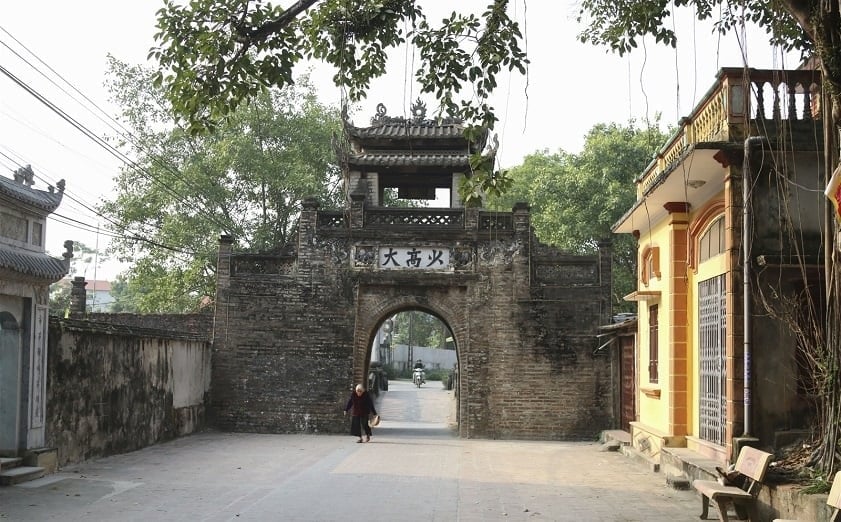
The ham making profession in Uoc Le has a history of nearly 500 years, originating from the Mac Dynasty (1527 - 1592). According to the elders in the village, after leaving the palace, a concubine of the Nguyen family returned to her hometown, built the village gate and taught the villagers the ham making profession. Since then, the profession has been passed down from father to son, becoming an inseparable part of the culture and life of the people here.
The secret to making Uoc Le ham brand
To create the famous delicious sausages, Uoc Le workers must follow strict procedures, from selecting ingredients to processing. The pork must be fresh and still warm. Workers must skillfully balance the ratio between red meat and silver meat so that the final product is crispy, chewy and has a rich flavor.

Although machines have largely replaced the manual meat pounding process, Uoc Le people still retain the traditional way of wrapping ham with banana leaves. The ham is wrapped in three layers of leaves: young leaves inside, medium-sized leaves in the middle, and old leaves on the outside. This wrapping method not only helps the ham cook evenly but also creates a distinctive, unmistakable aroma.
The mark of time through ancient architectural works
Besides the ham making profession, Uoc Le is also a typical Northern Vietnamese village architectural space with many ancient structures preserved almost intact.
The majestic gate of Uoc Le village
The village gate is built in a majestic arch shape, 6m high, 12m wide, with three Chinese characters "Uoc Le Mon" embossed on top. On both sides of the gate are a pair of parallel sentences expressing Confucian philosophy and the wishes for success and respect for etiquette of the villagers. This structure is considered a solid symbol, protecting and preserving the cultural values of the village.

The village communal house has bold Later Le architecture.
Located right behind the village gate, Uoc Le communal house is the place to worship the village guardian spirit Lu Gia. The communal house has a strong architectural style of the Later Le Dynasty with elaborate carvings of the four sacred animals (dragon, unicorn, turtle, phoenix) and the four noble plants (apricot, orchid, chrysanthemum, bamboo). This is the center of cultural and religious activities of the community for many generations.

Ancient houses and the silent So Pagoda
Walking in the small alleys, visitors will encounter many ancient houses that are hundreds of years old. The characteristic feature of the house architecture here is the gate made in the style of a scroll, expressing the spirit of learning. In addition, So Pagoda (Hoi Linh Quan), a national historical relic with a history of about 500 years, is also a destination not to be missed with its unique architecture of the Mac Dynasty.

Experience visiting Uoc Le village
Location and how to get there
Uoc Le village is located in Dan Hoa commune, Thanh Oai district, about 30km from the center of Hanoi. Visitors can travel by the following means:
- Bus: Routes 103A, 103B, 125 have stops near the village with fares around 9,000 VND/trip.
- Personal vehicle: From Hanoi, follow the direction of Nguyen Trai - Ha Dong, turn onto National Highway 21B at Ba La intersection. Go about 16km to Vac intersection, then turn left, go another 5km to reach the village.
Notes when visiting
The village market is the place that most clearly reflects the local people's life. The market usually opens very early, from 4:30 to about 9:00 am. If you want to experience the atmosphere of a rural market and buy fresh specialties such as ham and sausage, visitors should arrange to come to the village in the morning.
Source: https://baolamdong.vn/lang-uoc-le-kham-pha-lang-gio-cha-500-nam-tuoi-o-ha-noi-400300.html





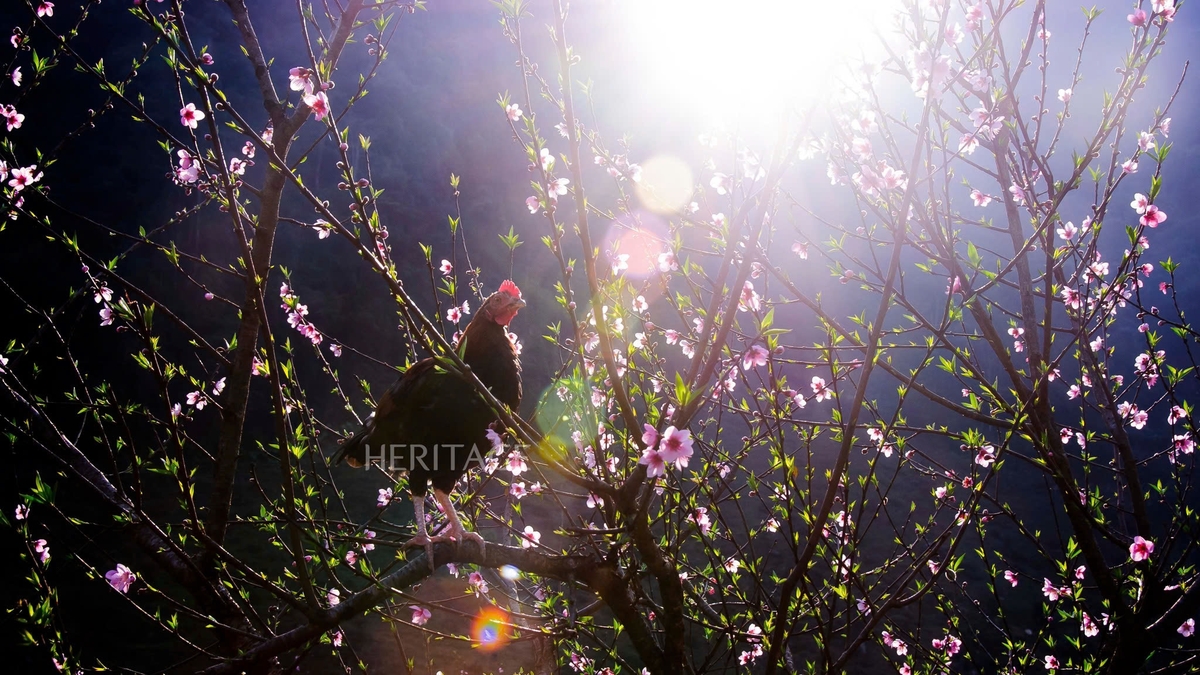
![[Photo] Closing of the 14th Conference of the 13th Party Central Committee](https://vphoto.vietnam.vn/thumb/1200x675/vietnam/resource/IMAGE/2025/11/06/1762404919012_a1-bnd-5975-5183-jpg.webp)


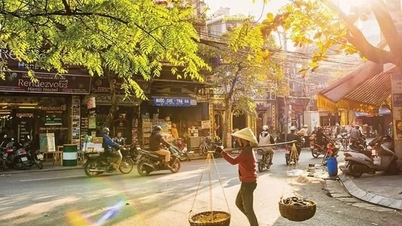

















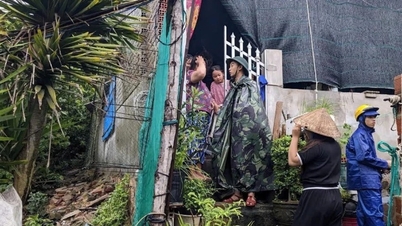


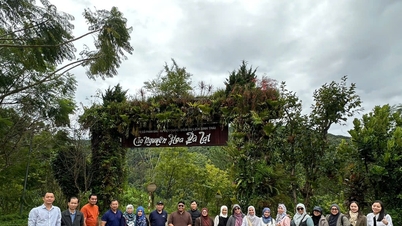

































































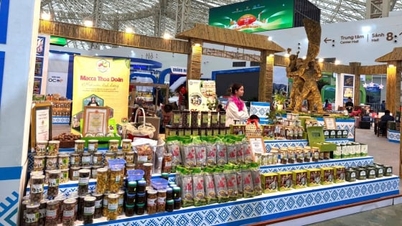












Comment (0)